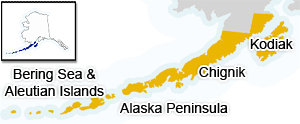
Westward Region Research
Bristol Bay Settlement Project
Bristol Bay Settlement Project
Bristol Bay red king crab post-larval settlement habitat and supply: Understanding early life population bottlenecks (NPRB #23-08)
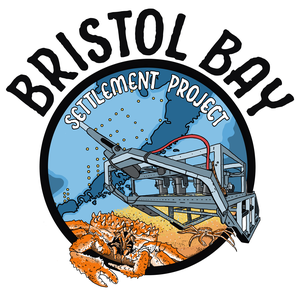
Recruitment limitation is generally understood to be the primary cause for the continuous Bristol Bay red king crab (Paralithodes camtschaticus) population decline and lack of recovery over the past two decades. The absence of strong juvenile cohorts suggests that a population bottleneck likely occurs during the first two years of life. Post-larval and early benthic phase juvenile red king crab require structural complexity that provides food and protection from predators. Good juvenile nursery habitat is thought to exist shoreward of the 50 m isobath in Bristol Bay. Yet, existing habitat data are limited and have variable spatial resolution across the region, making precise estimates of the nursery habitat impossible. Although a recent modeling study suggests that contemporary spatial distribution of mature females can facilitate post-larval delivery to nearshore habitats, population declines persist. Potential disturbance of critical juvenile or spawning habitats by mobile bottom-contacting fishing gear has been discussed at recent North Pacific Fishery Management Council meetings and highlights the need for more information to inform existing and potential new area closures. We aim to address Bristol Bay red king crab recruitment limitation using a two-pronged approach. First, we will use a bottom-tending camera sled to quantify benthic settlement habitat throughout Bristol Bay to fill in data gaps and improve our current understanding and location of critical juvenile habitat. Second, we will evaluate post-larval red king crab supply using benthic larval collectors to better understand if post-larvae are reaching suitable juvenile nursery habitats. Recently recovered, small historical data sets including catch of juvenile crab and qualitative habitat observations using standard fisheries gear will be revisualized and compared to our results. This information will be used to link post-larval delivery to current spawning locations and will help inform the need for area closures to protect critical juvenile habitat.
2024 Notice to Mariners for Bristol Bay Gear Avoidance
Partners
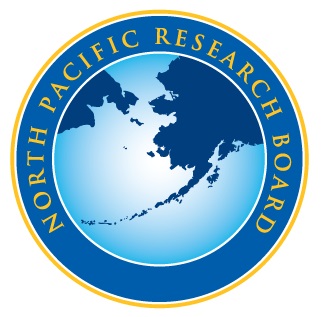 | 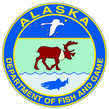 | 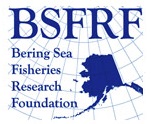 |  |
